Enjoy healthful, delicious local food all year round!
Seasonal eating. It’s in our name. It’s who we are. And it means eating what grows locally each season of the year – all four of them. Spring, summer, fall, and yes, even winter.
Right now in Virginia and Maryland it’s cold outside. Leaves have fallen and we’ve already had snow. Other farmers markets may have closed for the winter, but with Seasonal Roots seasonal food delivery service, you can still eat local. Our stocked cupboards are never bare!
Many of our farmers are still farming – some in the fields, some in greenhouses. Our food artisans are still cooking and baking. All through the winter, the Seasonal Roots online farmers market provides fresh produce delivery right to your doorstep, plus dairy, meats, baked goods, and artisan fare – all good for you and the planet, all year long.
ORGANIC VS SUSTAINABLE VS LOCAL – WHICH IS BEST?
We lovers of seasonal eating all just want to eat nutritious, safe, non-toxic, eco-friendly food. But who has the time to research every item we eat?
You could go by the government’s “Certified Organic” label. That sure seems like a convenient shortcut to eating healthfully without harming the planet. But here at Seasonal Roots online farmers market, we focus on sustainable and local rather than the government designation of “organic.”
Here’s why:
1. WE PARTNER WITH LOCAL FARMERS
- Many are multi-generational, so they care for their land, crops, and animals with the next generation in mind.
- They use sustainable practices, what we call old-school organic, like rotating their crops to avoid sucking all the nutrients out of the soil.
- Many don’t spray. That would jeopardize the integrity of their land. If they do spray, it’s minimal and only as needed. This is true whether or not our farmers are organic, because the FDA allows organic farmers to use certain pesticides. Either way, organic or not, we don’t partner with spray-happy farmers.
2. “ORGANIC” DOESN’T EQUAL “LOCALLY GROWN”
- Anything shipped long distances has a bigger carbon footprint. That’s not eco-friendly.
- Even organic produce loses flavor and nutrients when it’s picked early and then travels for a long time to reach your kitchen.
- An organic label has nothing to do with food safety or working and living conditions for farmers, laborers, or livestock. The only way to really know what goes on at the farm is to know the farmer.
3. THERE’S NO STANDARD DEFINITION FOR “LOCAL” OR “REGIONAL”
- We’re upfront about how we define it: Within about 150 miles of our delivery areas.
Most of our local partners are in Virginia or Maryland, a few in eastern North Carolina. - To maintain a healthy variety of options during winter, we partner with sustainable farmers in Florida. We call that produce REGIONAL because it can get to us within a day of harvest without resorting to flying (a major carbon producer).
- Seasonal eating afficionados who prefer to eat only what’s in season locally can opt out of our winter-time regional offerings, which are clearly labeled in our online farmers market — the description for every item includes who grew it or made it, and where.
BENEFITS & USES of Winter’s Surprising Bounty
Below are some of the health benefits of seasonal eating. Even in winter, it’s amazing how much local produce farming is still going on! Most of it is grown in local fields and greenhouses. Some is grown further south, but still in our region.
Because all our produce is harvested nearby for home delivery, it’s packed with nutrients and flavor and really good for you. Much better than produce that has to travel a long way to the grocery store.
BEETS
 BENEFITS: Vitamin C, folate, potassium, magnesium, with antioxidant and anti-inflammatory properties.
BENEFITS: Vitamin C, folate, potassium, magnesium, with antioxidant and anti-inflammatory properties.
USES: Roast alone or with other root veggies as a side, or add to salads. Add to baked goods, like beet brownies, as a sweetener.
HARVEST: Year-round
BRUSSELS SPROUTS
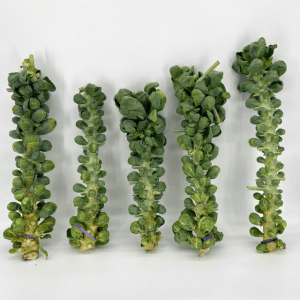 BENEFITS: Vitamin K, plus folate and iron.
BENEFITS: Vitamin K, plus folate and iron.
USES: Serve as a side or atop salads and meats, steam or roast, serve with salt or add tangy or savory sauces like balsamic vinegar.
HARVEST: September-March
CARROTS
 BENEFITS: Vitamin A, potassium, lutein, with antioxidant properties.
BENEFITS: Vitamin A, potassium, lutein, with antioxidant properties.
USES: Delicious raw or supercharge the sugars by roasting or grilling. Add to stews and soups. They even sweeten up baked goods like carrot cake.
HARVEST: Fall, winter, spring
KALE, COLLARDS, HYDRO BIBB LETTUCE, MICROGREENS
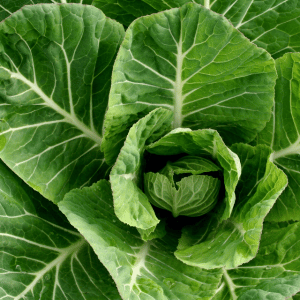 BENEFITS: Vitamins A, C, K, iron, and disease-fighting phytonutrients.
BENEFITS: Vitamins A, C, K, iron, and disease-fighting phytonutrients.
USES: Raw in a salad or smoothies, steamed as a stand-alone or baked into other dishes. Cooking makes it easier for our bodies to digest its nutrients.
HARVEST: Year-round, but it gets sweeter after the first nip from Jack Frost
LEEKS
 BENEFITS: Vitamin A, C, K, potassium, lutein, with antioxidant properties.
BENEFITS: Vitamin A, C, K, potassium, lutein, with antioxidant properties.
USES: Add this member of the onion family to stews, stuffings, and stir fries, or serve as a stand-alone side.
HARVEST: September-April
PARSNIPS
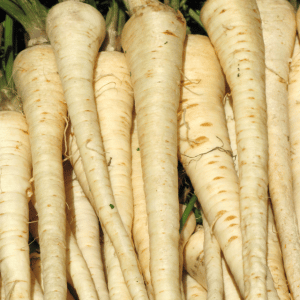 BENEFITS: Potassium, fiber.
BENEFITS: Potassium, fiber.
USES: Sweeter and nuttier than carrots, roast alone or with just about every other fall vegetable.
HARVEST: October-April
RUTABAGAS
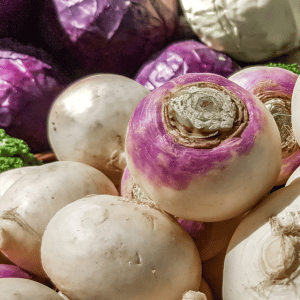 BENEFITS: Vitamin C, fiber.
BENEFITS: Vitamin C, fiber.
USES: Like a cross between a turnip and a parsnip, delish in casseroles, or puree with turnips and carrots for soup, or roast with ginger, honey, or lemon.
HARVEST: October-April
SWEET POTATOES
 BENEFITS: Vitamin A, iron, with anti-inflammatory properties.
BENEFITS: Vitamin A, iron, with anti-inflammatory properties.
USES: Roast like a potato or cut up like fries, add to salads and stews, puree into soups. Best of all: Sweet potato pie!
HARVEST: September–December
TOMATOES (greenhouse)
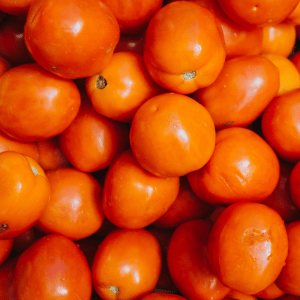 BENEFITS: Vitamin C, beta-carotene, potassium, phosphorus, with antioxidant properties.
BENEFITS: Vitamin C, beta-carotene, potassium, phosphorus, with antioxidant properties.
USES: Add to salads, sandwiches, sauces, stews, stir fries, kabobs, pizza, or just enjoy them plain with a little salt.
HARVEST: Year-round
TURNIPS
 BENEFITS: Vitamin C (roots), vitamins A, K, folate (leaves).
BENEFITS: Vitamin C (roots), vitamins A, K, folate (leaves).
USES: Steam, roast, or boil the roots. Flavor with fennel, bread crumbs, or brown sugar. Adds a slightly bitter complement to sweet parsnips, carrots, or mashed potatoes — or mash them alone. Steam or stir fry the leaves.
HARVEST: September–April
WINTER SQUASHES
 BENEFITS: Omega-3 fatty acids, vitamin A.
BENEFITS: Omega-3 fatty acids, vitamin A.
USES: Acorn, butternut, delicata and more have thick skins, and can be stored for months. Bake, steam, or roast plain or with cinnamon and ginger, add to salads and stews, puree into soups.
HARVEST: October–February
PLUS REGIONAL WINTER PRODUCE
 CITRUS (Oranges, Grapefruits, Tangerines): Rich in vitamins C, B, potassium, phosphorus, magnesium, with antioxidant and anti-inflammatory properties.
CITRUS (Oranges, Grapefruits, Tangerines): Rich in vitamins C, B, potassium, phosphorus, magnesium, with antioxidant and anti-inflammatory properties.
Also: Cucumbers, Peppers, Yellow Squash, Zucchini packed with vitamins A, C, E, K, magnesium, potassium, manganese, beta-carotene, and more.
About Seasonal Roots
Since 2011, Seasonal Roots’ online farmers market has connected Virginia families with local family farmers who use sustainable, humane practices. Our neighborhood market managers – who believe in living better through scrumptious, healthy eating, being kind to animals, protecting the environment, and spreading joy – home-deliver freshly harvested produce, pastured eggs, grass fed dairy and meat, plus artisan fare. We empower our members to eat better and live better with more nutritious, flavorful food that’s good for us and good for the planet. More info at seasonalroots.com.
